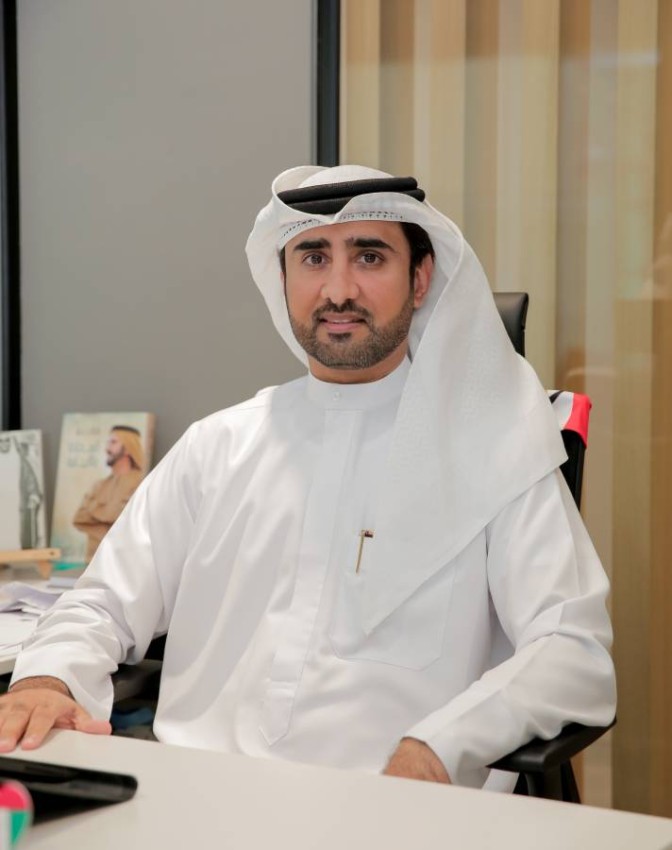
[ad_1]
The acting director of the Dubai Culture and Arts Authority Literature Department, writer Muhammad Al-Habsi, confirmed that despite the emergence of literary tourism as a major tourism sector in many civilized countries, it is still absent from the tourism map in the Arab world.
He pointed out that this type of tourism has a promising opportunity to bear fruit in the Arab region, which is filled with many great names and literary figures who have built glories comparable to those of Western writers and philosophers, and this opportunity must be activated. .
Al-Habsi stressed the difference between literary tourism and cultural tourism, explaining: “Literary tourism is a type of cultural tourism in its full sense, and has its own independent entity and various attractions; They focus on the literary field and deal with the places and events of fictional texts as well as the lives of their authors, and this can include following the path taken by a fictional character created by a novelist, or visiting a specific place associated with a novel. or novelist, like their homes, or visit poets’ graves, there are also roads and paths Poets and writers used to travel there, like Thomas Hardy Road, for example..
Locally, Al Habsi pointed out that literary tourism is still within the conceptual framework in the UAE and that no implementation measures have yet been taken for this concept, noting that there are some ambitious people who attach importance to this. problem now and can’t wait to see this type of tourism flourish on The Domestic Arena in the near future; Given its positive effects on countries that adopt it and the benefits it brings in supporting the creative economy.
The Emirati writer explained that the actual implementation of literary tourism focuses on 3 fields: inventory, research and setting up systems and methodologies. He said: “At the level of the first camp, starting with literary tourism in the country requires limiting the places that enrich it and consists of two parts; The first is an inventory of places and sites that have inspired some imaginary or poetic productions of writers in general, including poets, storytellers, critics, storytellers and other literary faces, and the latter is an inventory of spaces and places covered by Emirati literature.
Al Habsi added: “The UAE has produced literary symbols of writers and poets who deserve to turn their homes into tourist attractions or museums, and their works deserve attention and exploit them to enhance the presence of literary tourism, and among them names, Majdi bin Zahir, the first Gulf-level Nabataean poet, who attained Largo fame and died 300 years ago, and his home was in Ras al-Khaimah, as was the navigator Ahmed bin Majid, who died in 1592, and he had literary narratives in which he mentioned astronomers, stars, winds and their seasons, including what is studied in Europe, and part of his home still exists in Ras al-Khaimah. ‘
.
[ad_2]
Source link